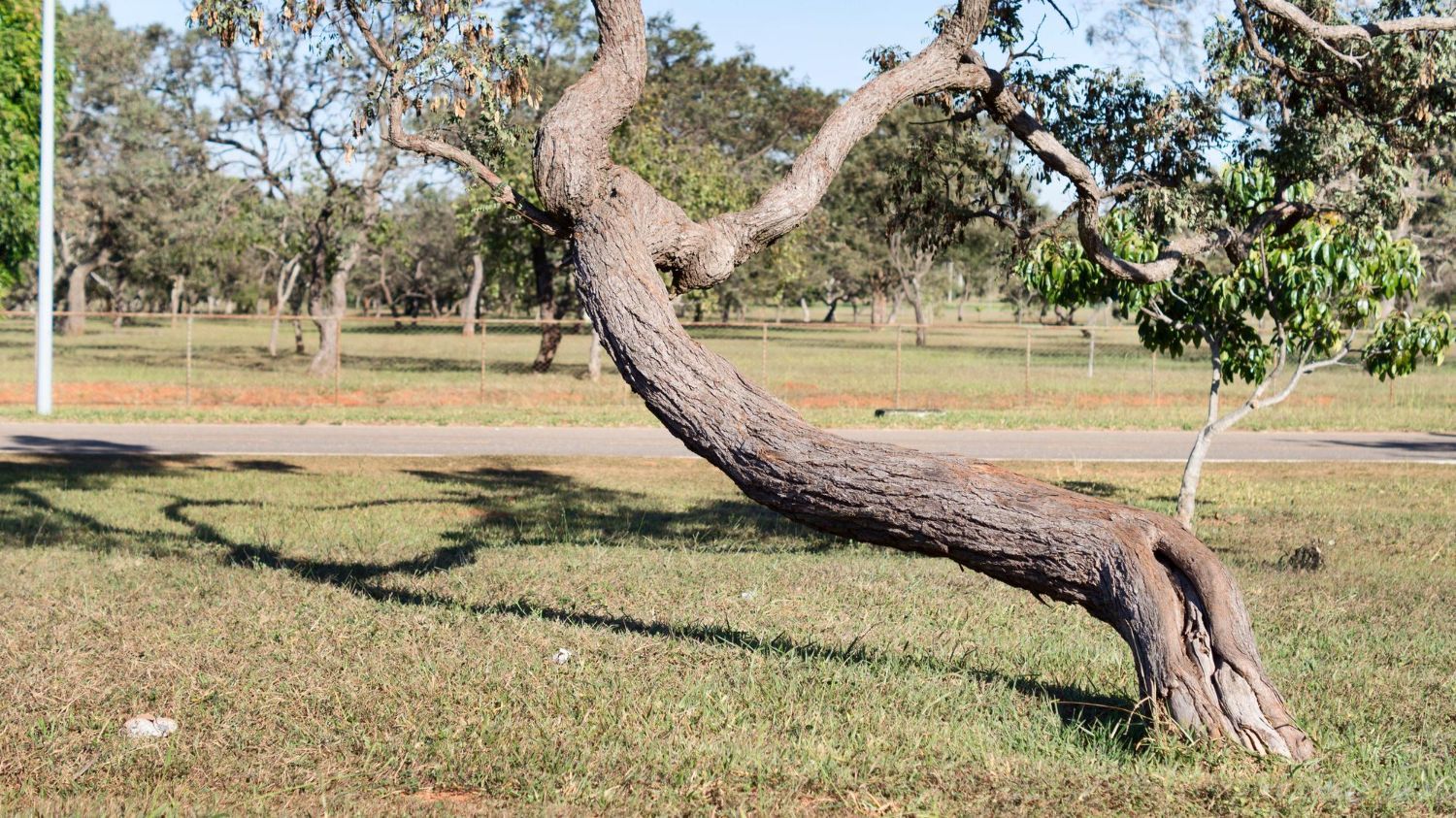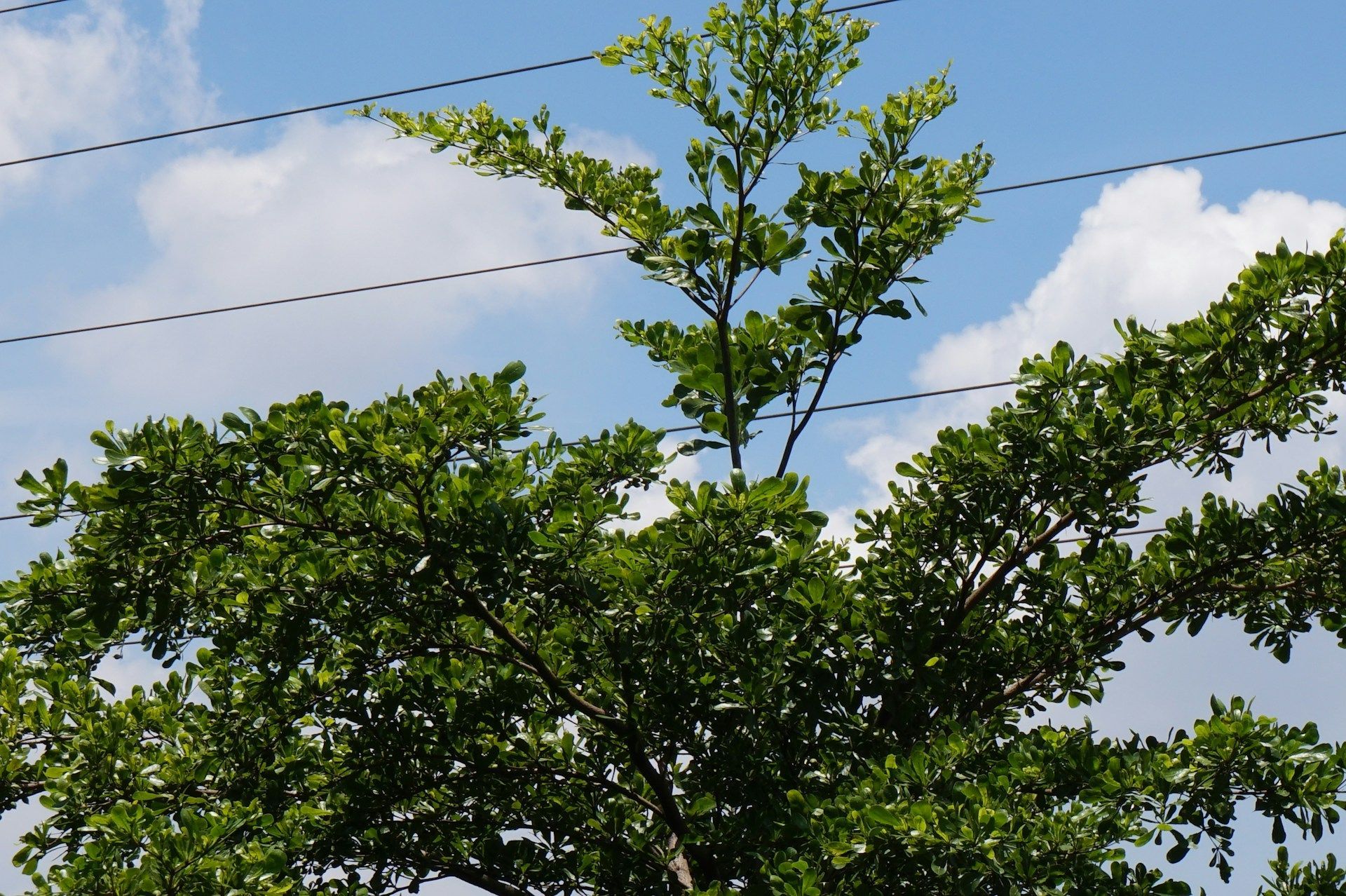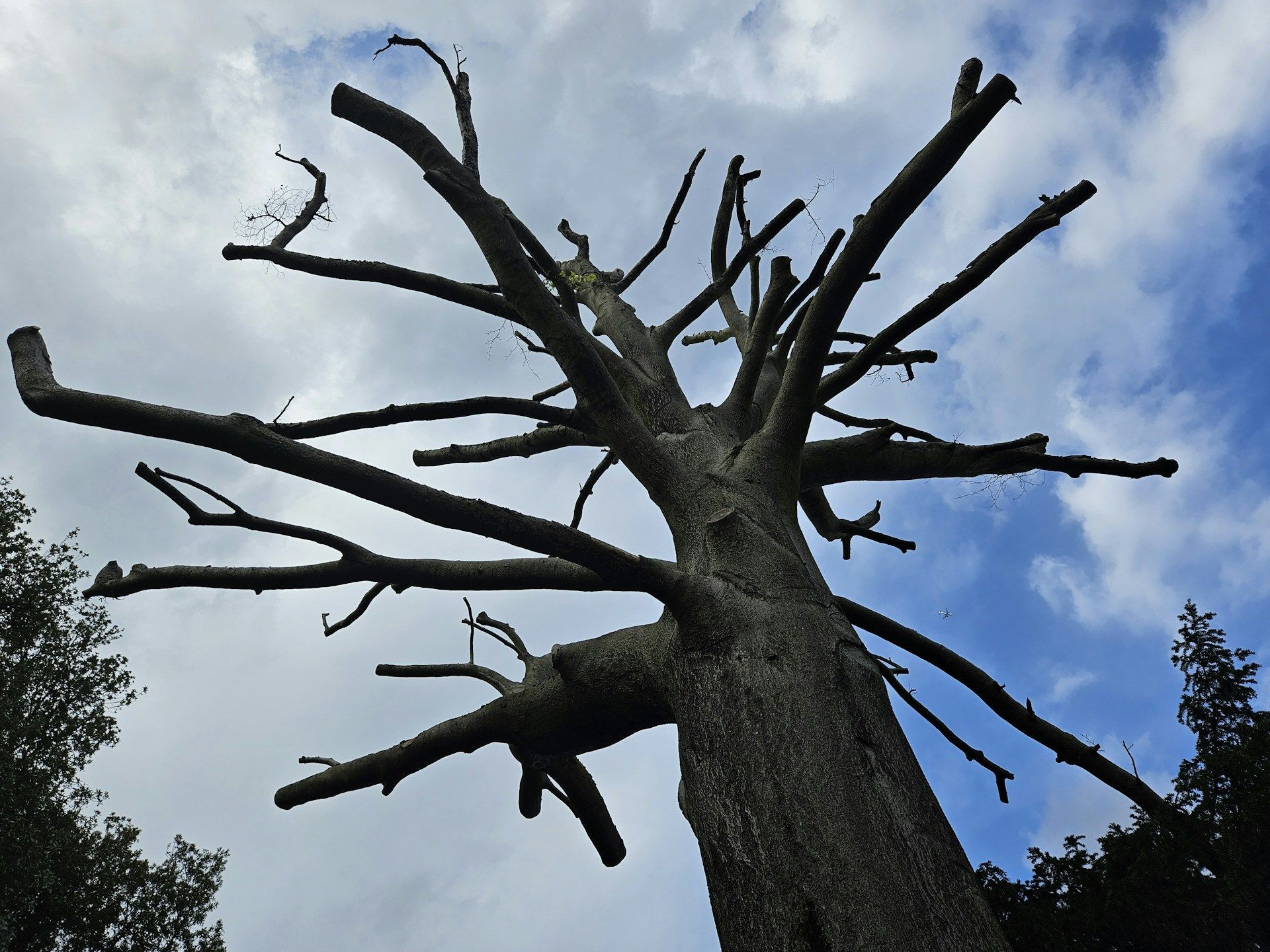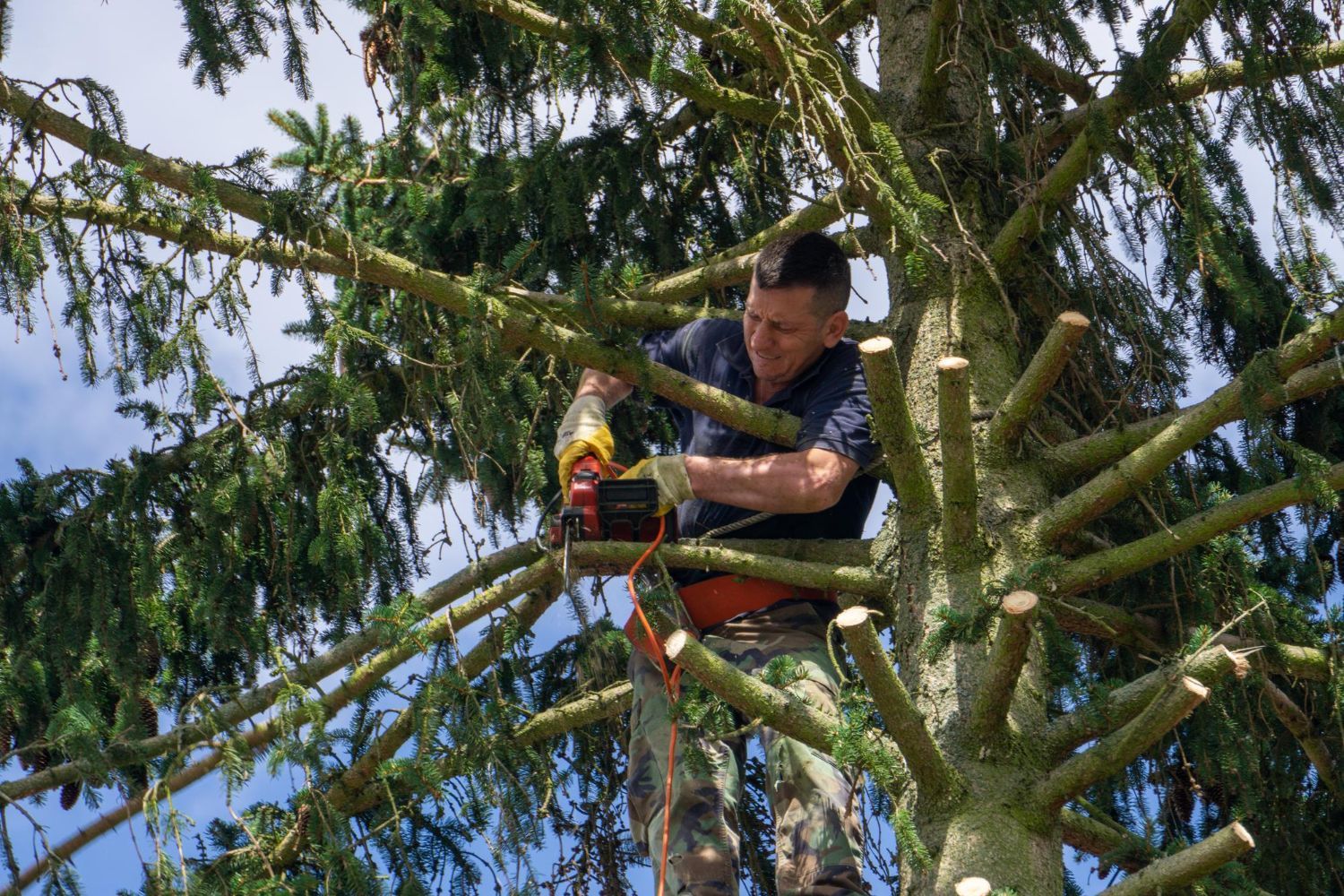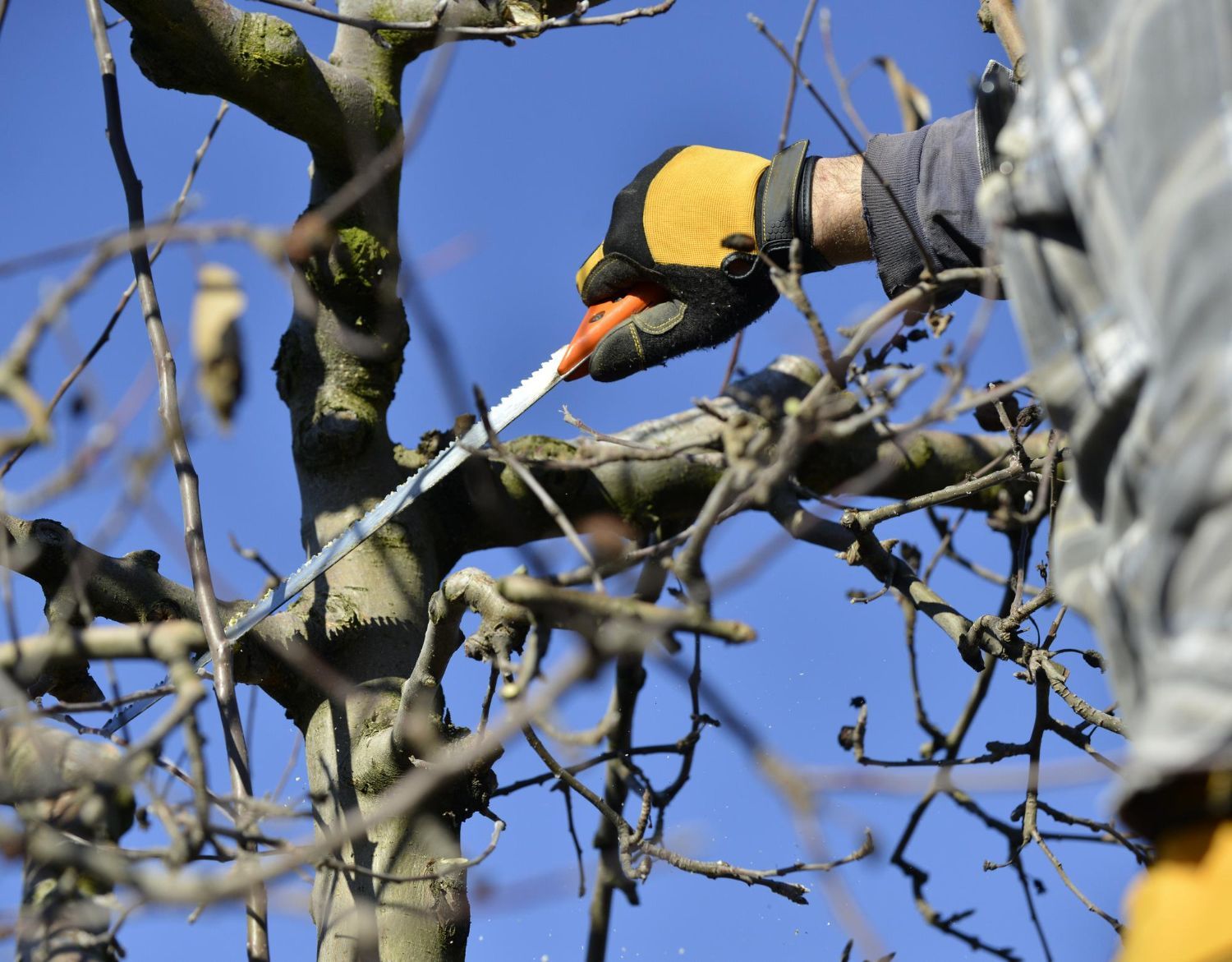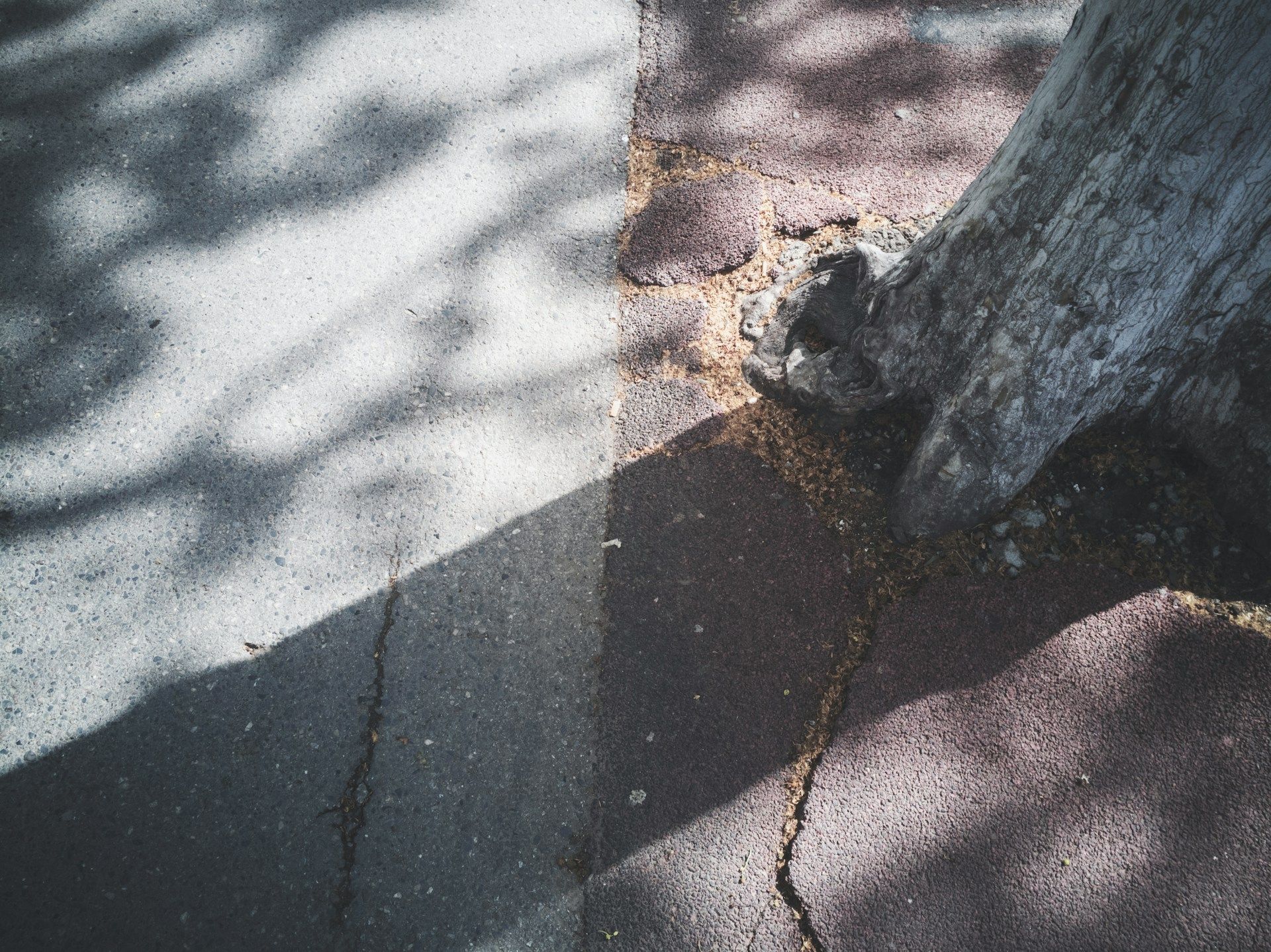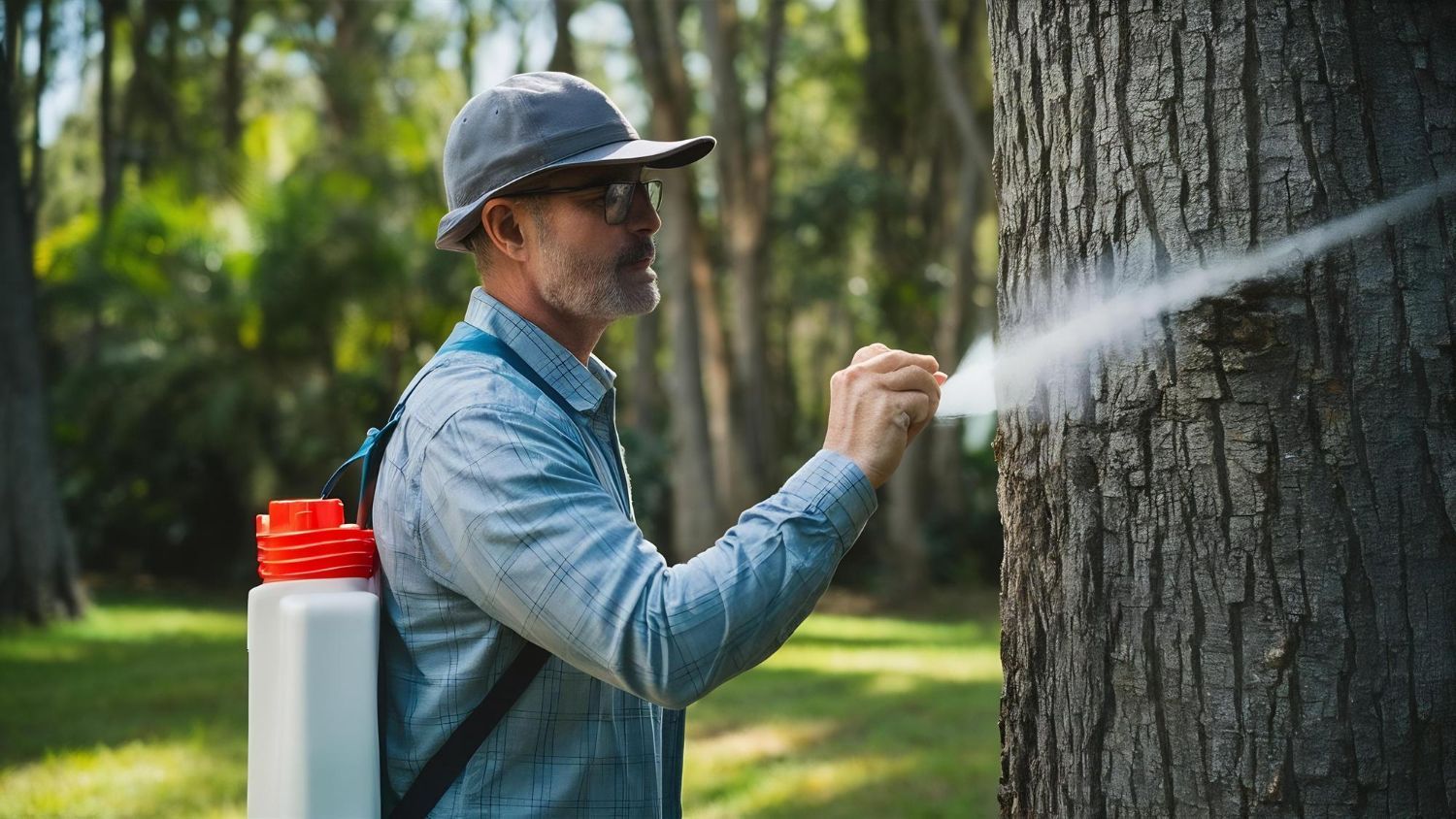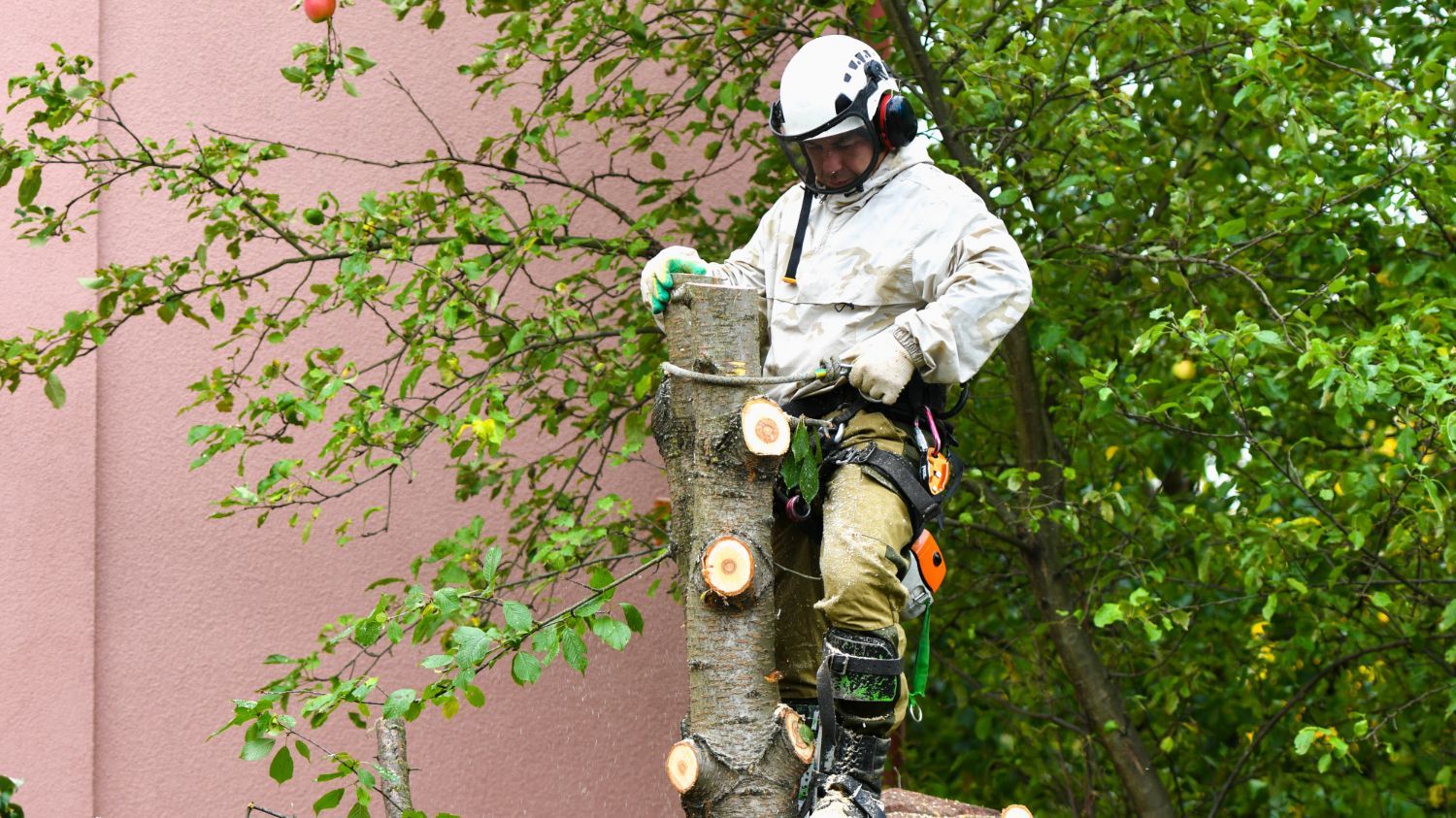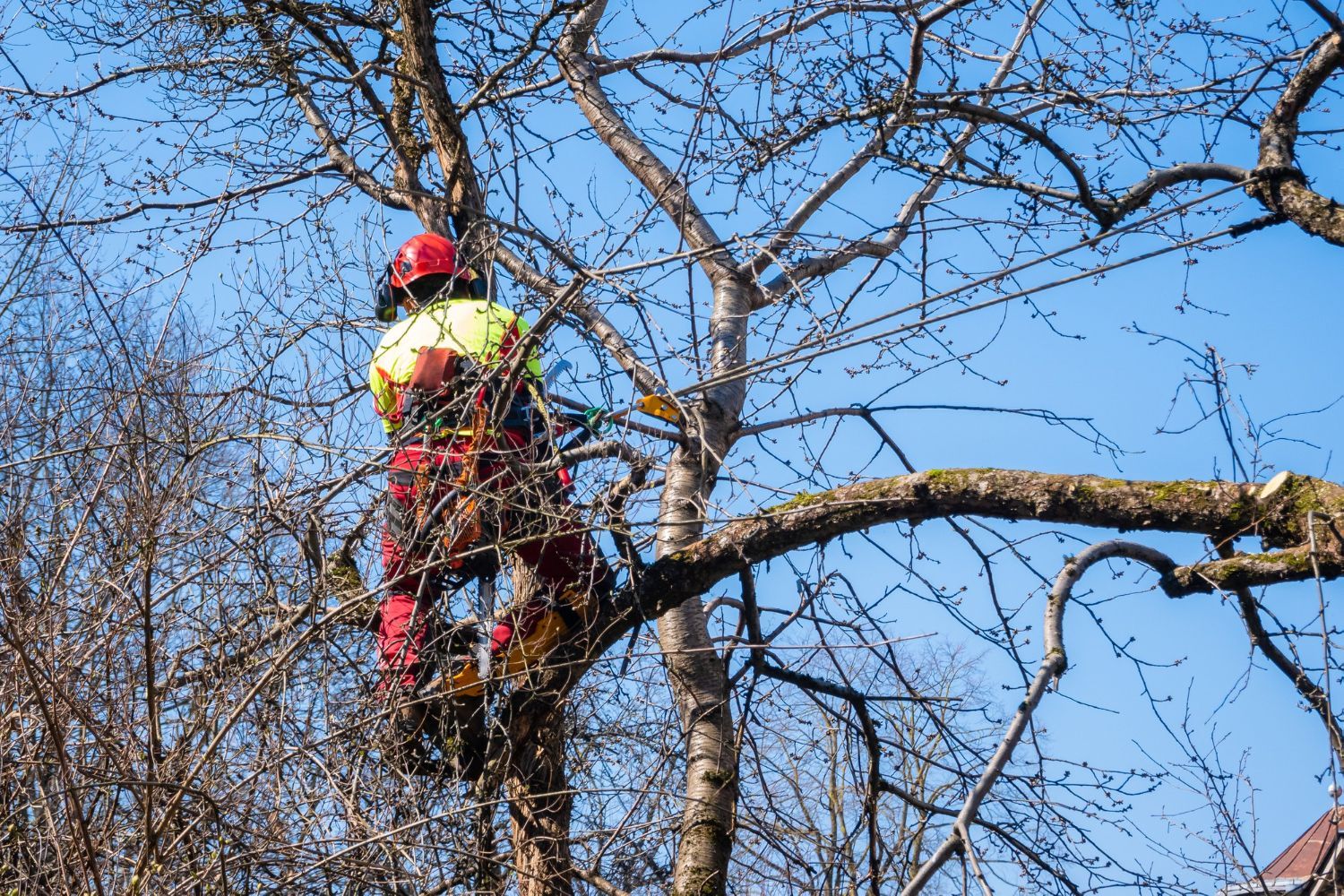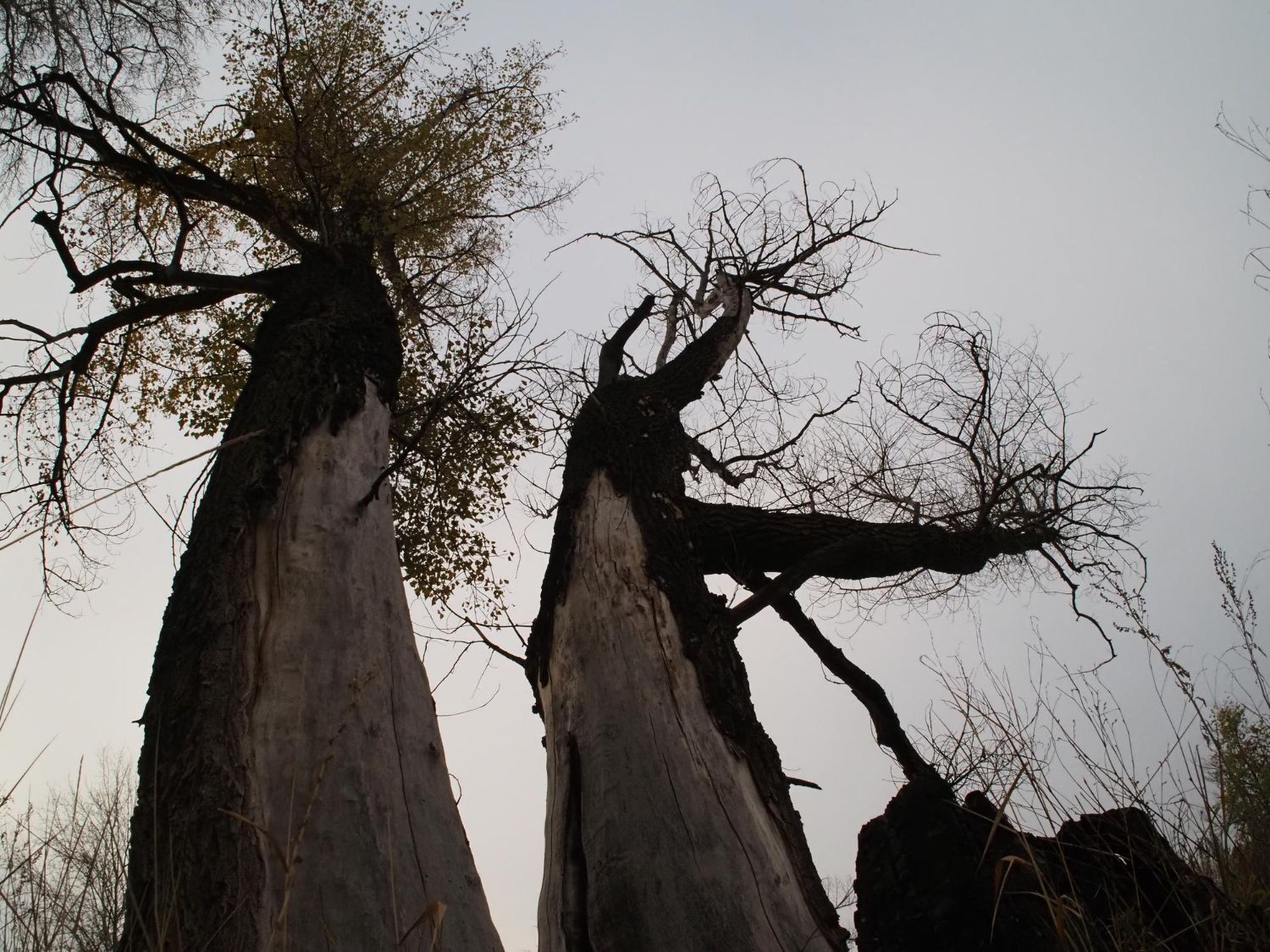Enhance Landscape Health with Professional Tree Removal
Taking care of your yard involves more than just mowing the lawn and watering the plants. Sometimes, it means removing trees that may be harming your landscape's health. While trees can be beautiful and provide shade, they can also pose risks if they become unhealthy. When a tree becomes diseased or dies, it can affect the other plants and trees around it. That's where professional tree removal comes in.
By removing unhealthy trees, you can improve the overall health of your yard. It allows for better sunlight and air circulation, letting your healthy plants thrive. Professional tree removal ensures that the job is done safely and efficiently, so you don’t have to worry about causing more harm than good.
Maintaining a healthy landscape is important for the environment and your enjoyment of your outdoor space. Removing problem trees helps keep pests and diseases at bay, making your garden a safer place for your family. Plus, a well-maintained yard can enhance the beauty and value of your property, making it a win-win situation.
The Role of Tree Removal in Promoting Plant Health
Tree removal plays a critical role in maintaining the overall health of your yard. When trees become unhealthy, they can spread diseases and pests to other plants. This happens through root contact, fallen leaves, or even insect migration. By removing sick or dead trees, you prevent these problems from affecting the rest of your garden. Healthy plants need space to grow, and removing problematic trees gives them more room to thrive.
In addition to preventing disease spread, tree removal improves sunlight and air circulation. Trees that are too dense can block sunlight, causing other plants to struggle. When you remove some trees, you allow the sun to reach more areas, which helps your grass and flowers grow better. Better air circulation also reduces the moisture levels around plants. This is important because many pests and fungi prefer damp conditions. So, proper tree removal directly benefits the overall ecosystem of your yard.
Key Benefits of Removing Unhealthy Trees from Your Yard
There are several key benefits to removing unhealthy trees from your yard. First, it improves the safety of your property. Dead or dying trees can fall during a storm, causing damage to your house, car, or even people. By removing these trees, you reduce the risk of accidents and protect your home.
Another benefit is the aesthetic improvement. Unhealthy trees can make your yard look neglected and unkempt. Removing them helps to create a cleaner, more attractive landscape. This enhances the visual appeal of your property and can even increase its value.
Finally, removing unhealthy trees helps other plants grow stronger and healthier. With more access to sunlight, water, and nutrients, your remaining plants can flourish. This creates a more vibrant and lush garden, which is better for the environment and more enjoyable for you.
How to Identify Trees That Are Harmful to Your Landscape
Identifying harmful trees in your yard is crucial for maintaining a healthy landscape. One of the first signs to look for is dead or dying branches. These branches could indicate that the tree is struggling with disease or pest issues. Check the bark as well; if it is peeling or cracking, this might mean the tree is in poor health. You should also be on the lookout for obvious signs of disease, such as fungus growth or discoloured leaves.
Another key indicator is the tree's stability. If a tree is leaning significantly or has exposed roots, it might pose a risk of falling. This is particularly important in areas prone to high winds and storms. If you notice any of these warning signs, it is best to consult with a professional to determine whether the tree should be removed. Ignoring these signs can lead to more severe problems down the line, affecting the overall health of your landscape.
Ongoing Landscape Care After Tree Removal
After removing a tree, the care of your landscape doesn’t stop there. It’s essential to focus on the area where the tree once stood. Start by removing the stump and roots, which can harbour pests and diseases even after the tree is gone. Once the area is clear, consider planting new grass or flowers to fill the space. New plants will benefit from the improved sun exposure and nutrient availability.
Regular maintenance is also crucial. Water your new plants adequately and keep an eye out for any signs of stress. Fertilizing the soil can help replenish nutrients that might have been depleted by the old tree. Mulching around your new plants will also help retain moisture and keep weeds at bay. By taking these steps, you ensure that your landscape continues to flourish, providing a safe and beautiful environment for years to come.
Conclusion
Tree removal is an essential part of maintaining a safe and healthy landscape. By getting rid of diseased or unsafe trees, you protect your property and help your other plants thrive. It improves sunlight and air circulation, which are vital for plant growth. Identifying problematic trees early can prevent widespread issues and make your yard a safer place.
After removing a tree, ongoing care is vital to ensure the health of your landscape. By taking steps like clearing the area, planting new vegetation, and maintaining regular yard care, you create a vibrant and healthy environment. Investing in professional
tree removal services helps ensure the job is done correctly and safely, maximising the benefits for your yard. If you’re ready to improve the health and safety of your landscape, contact Barrie Tree Care Pros today. Our team of experts is here to help with all your tree removal needs, ensuring your yard remains a beautiful and safe place.
